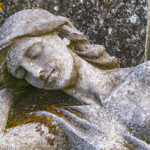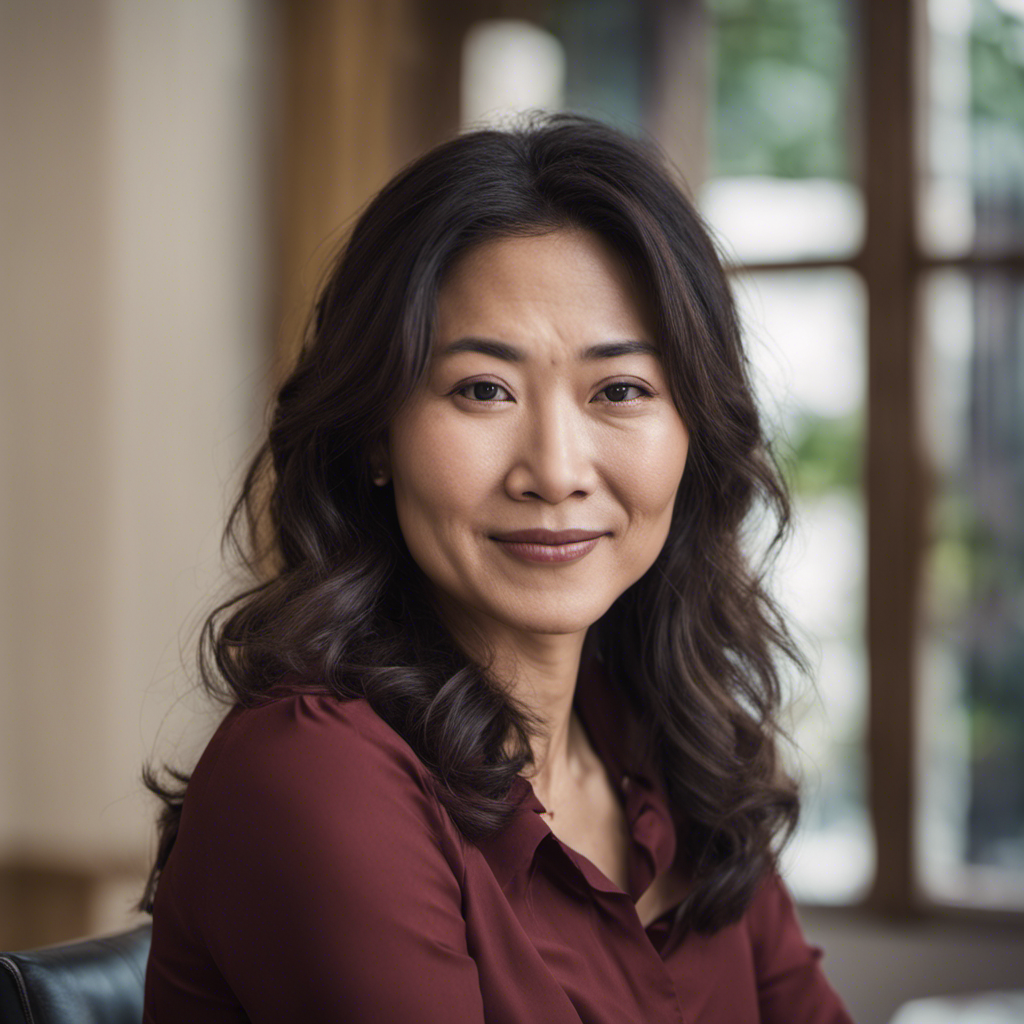Memorials in DC: Preserving History, Honoring Heroes, and Inspiring Reflection
Washington, D.C., the capital of the United States, is not only a city of political power but also a city of remembrance. With its rich history and significant role in shaping the nation, it is no wonder that the city is adorned with numerous memorials. These memorials serve as tributes to important figures, events, and ideals, preserving the past, honoring heroes, and inspiring reflection for generations to come. In this article, we will explore some of the most iconic memorials in DC and delve into the stories they tell.
The Lincoln Memorial: A Symbol of Unity and Equality
Standing majestically at the western end of the National Mall, the Lincoln Memorial is one of the most iconic and visited memorials in DC. This grand monument pays homage to Abraham Lincoln, the 16th President of the United States, who led the country through the Civil War and played a pivotal role in ending slavery. As I gazed up at the larger-than-life statue of Lincoln, I couldn’t help but feel a sense of awe and reverence.
The Lincoln Memorial reminds us of the principles Lincoln fought for: unity, equality, and freedom. The inscription of his famous Gettysburg Address and Second Inaugural Address on the walls of the memorial serves as a powerful reminder of the ideals that still resonate today. It was here that Martin Luther King Jr. delivered his iconic “I Have a Dream” speech, further solidifying the memorial’s significance in the fight for civil rights.
The Vietnam Veterans Memorial: Healing Wounds and Remembering Sacrifice
Tucked away in a serene corner of the National Mall, the Vietnam Veterans Memorial is a somber and poignant tribute to the men and women who served and sacrificed during the Vietnam War. The memorial consists of two black granite walls, etched with the names of over 58,000 fallen soldiers. As I ran my fingers across the names, I was overwhelmed by the magnitude of their sacrifice.
The Vietnam Veterans Memorial is a place of healing for those who have lost loved ones in the war. Visitors often leave flowers, letters, and tokens of remembrance at the base of the wall, creating an atmosphere of reverence and unity. The memorial serves as a powerful reminder of the human cost of war and the importance of acknowledging the sacrifices made by our armed forces.
The Martin Luther King Jr. Memorial: Continuing the Fight for Equality
Opened to the public in 2011, the Martin Luther King Jr. Memorial honors the legacy of the iconic civil rights leader who dedicated his life to fighting for racial equality and social justice. The monument features a towering 30-foot statue of Dr. King, emerging from a stone block, symbolizing the strength and resilience of his message.
As I stood before the statue, I couldn’t help but reflect on the progress we have made as a society, thanks to the tireless efforts of individuals like Dr. King. The memorial serves as a call to action, urging us to continue the fight for equality and justice. It is a reminder that the struggle is ongoing and that we must remain vigilant in our pursuit of a more just and inclusive society.
The World War II Memorial: Honoring the Greatest Generation
The World War II Memorial, situated on the National Mall between the Lincoln Memorial and the Washington Monument, pays tribute to the brave men and women who served in the armed forces during World War II. This grand memorial consists of 56 granite pillars, representing each of the 48 states at the time and the territories and districts of the United States. A central plaza features a stunning fountain and a wall adorned with gold stars, representing the 400,000 Americans who gave their lives in the war.
Visiting the World War II Memorial is a humbling experience. It serves as a reminder of the sacrifices made by an entire generation and the enduring spirit of unity that prevailed during those challenging times. The memorial provides a space for reflection, gratitude, and remembrance, ensuring that the stories of the Greatest Generation are never forgotten.
The Franklin Delano Roosevelt Memorial: Celebrating Leadership and Resilience
Nestled along the Tidal Basin, the Franklin Delano Roosevelt Memorial tells the story of one of America’s most influential presidents. This expansive memorial is divided into four outdoor rooms, each representing a different term of Roosevelt’s presidency. Through statues, quotes, and water features, the memorial honors Roosevelt’s leadership during the Great Depression and World War II, as well as his commitment to democracy and social justice.
As I walked through the memorial, I was struck by the depiction of Roosevelt in a wheelchair, a testament to his struggle with polio. It reminded me that even in the face of personal adversity, great leaders can still inspire and bring about positive change. The Franklin Delano Roosevelt Memorial is a testament to resilience, compassion, and the power of leadership.
In summary, the memorials in Washington, D.C. serve as powerful reminders of our nation’s history, the sacrifices made by countless individuals, and the ideals we hold dear. They preserve the past, honor heroes, and inspire reflection. Whether it’s paying tribute to Abraham Lincoln’s fight for equality, remembering the fallen soldiers of the Vietnam War, or celebrating the leadership of Franklin Delano Roosevelt, these memorials hold profound significance. They remind us of our shared history and the importance of preserving the values that shape our nation.
Important Points:
1. The memorials in DC preserve the past, honor heroes, and inspire reflection.
2. The Lincoln Memorial symbolizes unity, equality, and freedom.
3. The Vietnam Veterans Memorial serves as a healing place for those who lost loved ones in the war.
4. The Martin Luther King Jr. Memorial urges us to continue the fight for equality and justice.
5. The World War II Memorial honors the sacrifices of the Greatest Generation.
6. The Franklin Delano Roosevelt Memorial celebrates leadership and resilience.
As we visit these memorials, let us remember the stories they tell and the lessons they impart. May they serve as constant reminders of our collective history and inspire us to strive for a better future.













